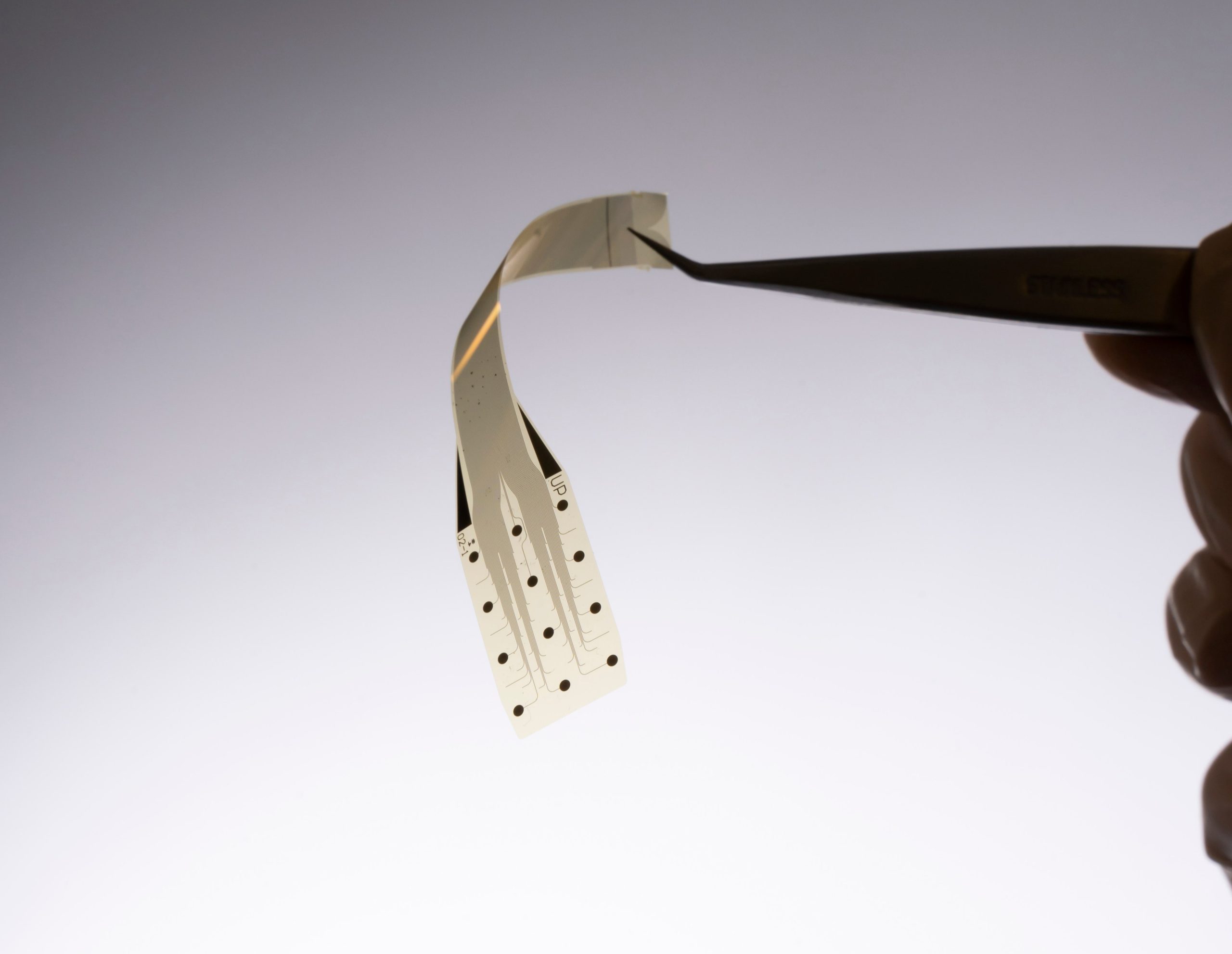An Ultrathin Graphene Brain Implant Was Just Tested in a Person
Recently, a groundbreaking study was conducted where an ultrathin graphene brain implant was tested in a person for the first time.
The implant, made of a layer of graphene just a few atoms thick, was designed to help monitor and possibly even regulate brain activity.
This cutting-edge technology could potentially revolutionize the field of brain-computer interfaces, paving the way for new advancements in neurology and neuroscience.
The successful testing of the graphene brain implant marks a major milestone in the development of advanced neural interfaces.
Researchers are hopeful that this technology could one day be used to treat a variety of neurological disorders, such as epilepsy and Parkinson’s disease.
The implant was implanted into the brain of a volunteer patient and was able to accurately record brain activity with unprecedented precision.
Initial results from the study show promising potential for the use of graphene implants in monitoring and treating brain disorders.
While there is still much research to be done, this groundbreaking study opens up new possibilities for the future of neurotechnology.
Overall, the successful testing of the ultrathin graphene brain implant represents a major step forward in the quest to better understand and interact with the human brain.
